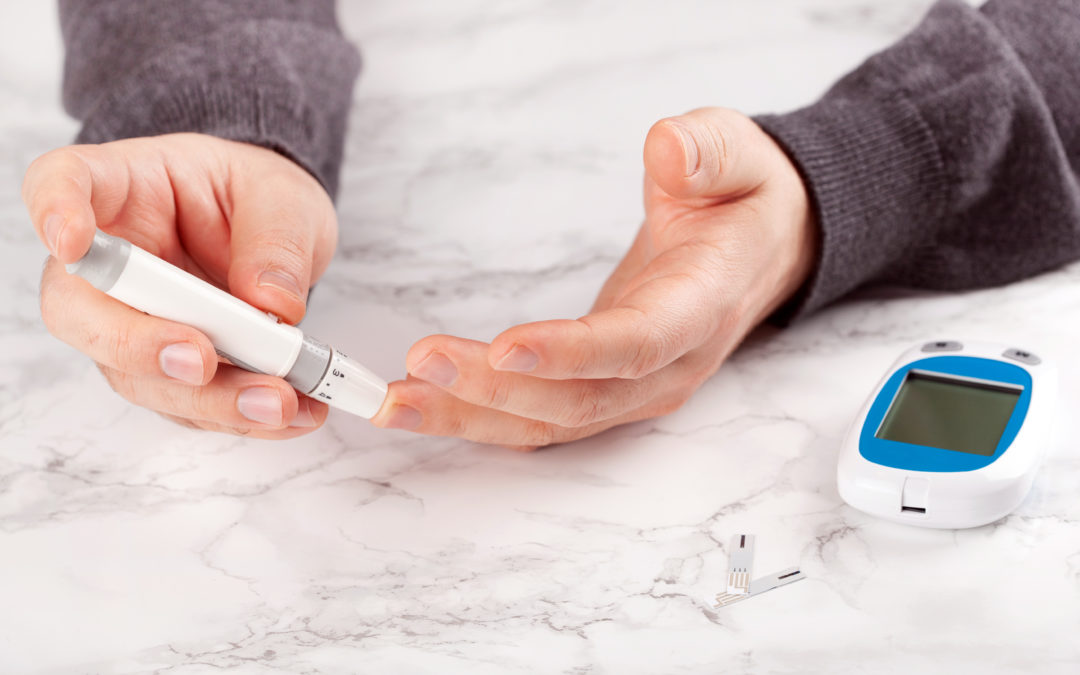Diabetes is a chronic health condition that affects millions of people worldwide. One of the common complications associated with diabetes is back pain. Diabetes can cause changes in the body’s nerves and blood vessels, leading to pain and discomfort in the back.
Back pain from diabetes typically affects the lower back but can also be felt in the upper back and neck. The pain may be dull or sharp and range from mild to severe. It can be caused by various factors, including nerve damage (neuropathy), poor circulation, and muscle weakness.
Nerve damage, or neuropathy, is a common complication of diabetes. It occurs when high blood sugar levels damage the nerves, leading to pain, tingling, and numbness in the feet and legs. This can also affect the back, causing pain and discomfort.
Poor circulation is another factor contributing to back pain in people with diabetes. When blood sugar levels are high, they can damage the blood vessels and reduce blood flow to the back muscles. This can lead to muscle weakness and pain.
Muscle weakness is another common cause of back pain in people with diabetes. High blood sugar levels can affect the muscles, making them weaker and more prone to injury. This can lead to pain and discomfort in the back, especially when performing activities that require lifting or carrying heavy objects.
Pain Management
If you are experiencing back pain from diabetes, there are several things you can do to manage the pain and improve your overall quality of life.
First, it is important to keep your blood sugar levels under control. This can be done by following a healthy diet, exercising regularly, reducing stress, and taking your medication as prescribed by your doctor.
Second, it is important to maintain a healthy weight. Being overweight or obese can put extra strain on the back muscles and increase the risk of back pain.
Third, you can try physical therapy or exercises that can help to strengthen the back muscles and improve flexibility.
Several exercises can help to alleviate back pain caused by diabetes. These exercises can help to strengthen the back muscles, improve flexibility, and promote better posture. Before starting any exercise program, it is important to check with your doctor or physical therapist, especially if you have any other health conditions.
- Stretching: Gentle stretching exercises can help to loosen up tight muscles and improve flexibility. This can include stretches for the lower back, such as the knee-to-chest stretch and the hamstring stretch.
- Strengthening exercises: Core-strengthening exercises such as planks, bridges, and bird dogs can help strengthen the lower back muscles and improve stability.
- Aerobic exercises: Aerobic exercises, such as walking, cycling, or swimming, can help to improve circulation and reduce muscle weakness.
- Yoga: Yoga can help to improve flexibility, balance, and muscle strength, which can help to alleviate back pain.
It is important to start with low intensity and gradually increase as you build strength and endurance. It’s important to listen to your body and stop if you experience any pain or discomfort.
Maintaining good posture when sitting, standing, and performing activities is also important. This can help reduce stress on the back muscles and the risk of pain and discomfort.
Remember that back pain caused by diabetes can be a symptom of nerve damage, so it’s important to have your symptoms evaluated by a doctor or physical therapist to ensure that you are getting the appropriate care.
Back pain from diabetes is a common complication of the condition. Various factors, including nerve damage, poor circulation, and muscle weakness, can cause it. However, by keeping your blood sugar levels under control, maintaining a healthy weight, engaging in regular exercise and physical therapy, and talking to your doctor about treatment options, you can manage the pain and improve your overall quality of life.
